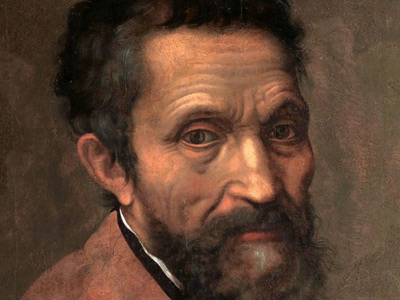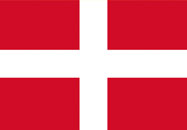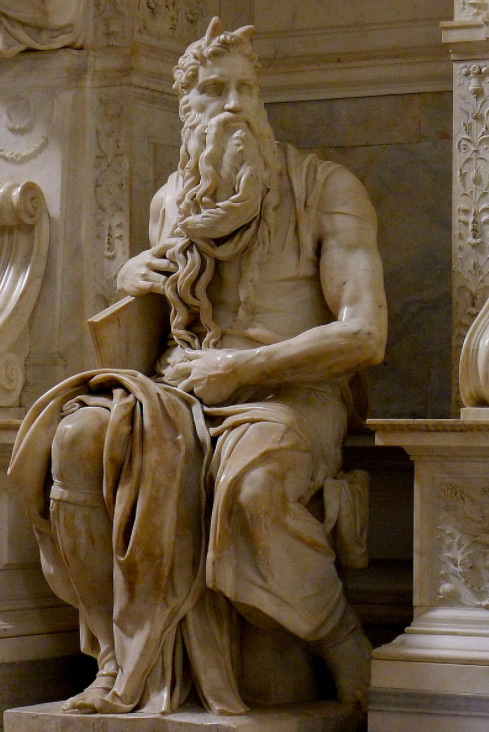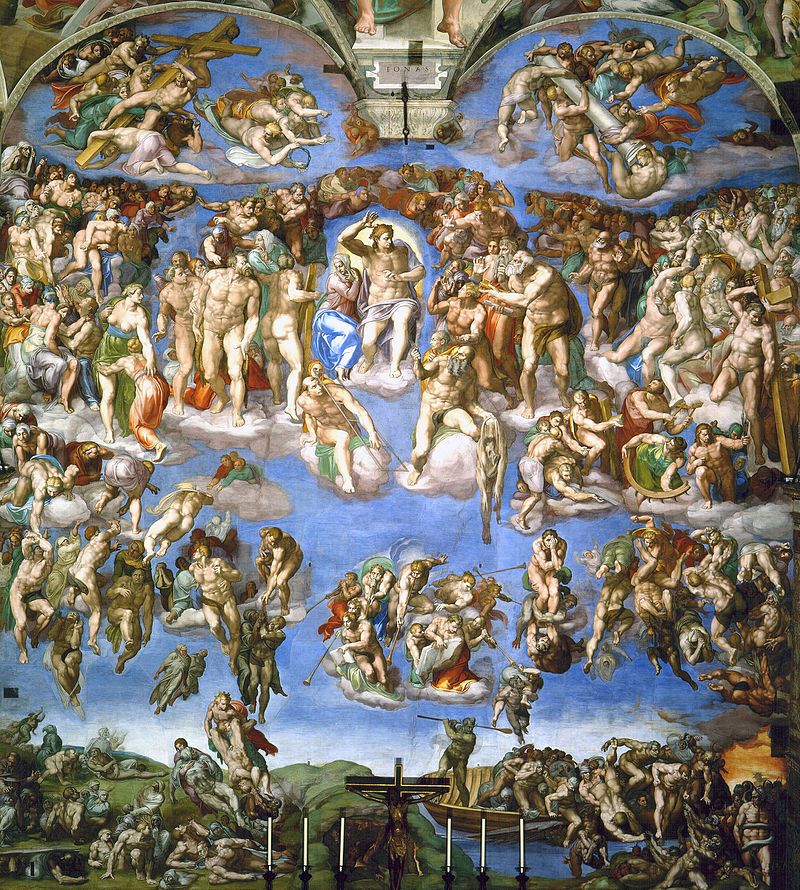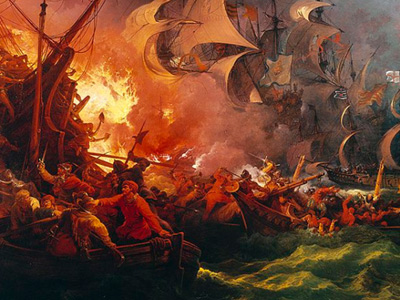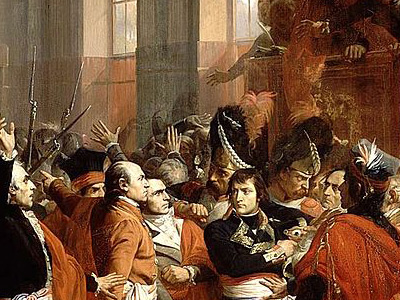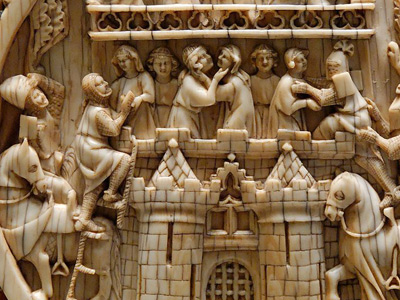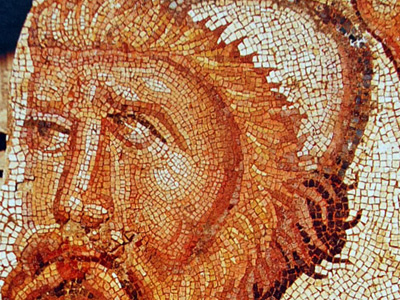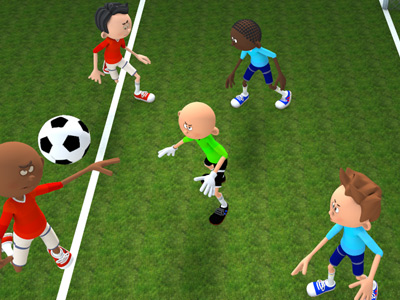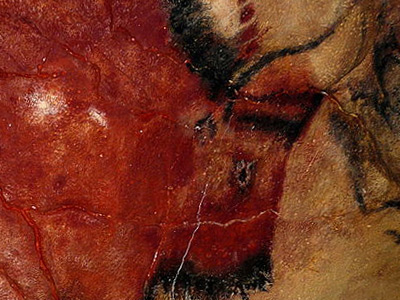Michelangelo (1475-1564)
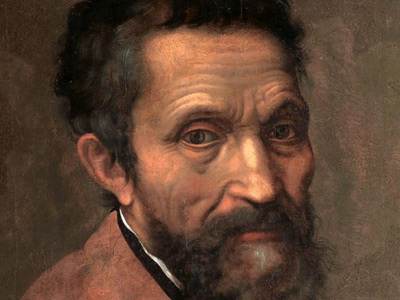
Florence under Medici popes, 1513 – early 1534
In 1513, Pope Julius II died and was succeeded by Pope Leo X, the second son of Lorenzo dei Medici. Pope Leo commissioned Michelangelo to reconstruct the façade of the Basilica of San Lorenzo in Florence and to adorn it with sculptures. He agreed reluctantly and spent three years creating drawings and models for the façade, as well as attempting to open a new marble quarry at Pietrasanta specifically for the project. In 1520 the work was abruptly cancelled by his financially strapped patrons before any real progress had been made. The basilica lacks a façade to this day.
In 1520 the Medici came back to Michelangelo with another grand proposal, this time for a family funerary chapel in the Basilica of San Lorenzo. Fortunately for posterity, this project, occupying the artist for much of the 1520s and 1530s, was more fully realised. Michelangelo used his own discretion to create the composition of the Medici Chapel, which houses the large tombs of two of the younger members of the Medici family, Giuliano, Duke of Nemours, and Lorenzo, his nephew. It also serves to commemorate their more famous predecessors, Lorenzo the Magnificent and his brother Giuliano, who are buried nearby. The tombs display statues of the two Medici and allegorical figures representing Night and Day, and Dusk and Dawn. The chapel also contains Michelangelo's Medici Madonna. In 1976 a concealed corridor was discovered with drawings on the walls that related to the chapel itself.
Pope Leo X died in 1521 and was succeeded briefly by the austere Adrian VI, and then by his cousin Giulio Medici as Pope Clement VII. In 1524 Michelangelo received an architectural commission from the Medici pope for the Laurentian Library at San Lorenzo's Church. He designed both the interior of the library itself and its vestibule, a building utilising architectural forms with such dynamic effect that it is seen as the forerunner of Baroque architecture. It was left to assistants to interpret his plans and carry out instruction. The library was not opened until 1571, and the vestibule remained incomplete until 1904.
In 1527, Florentine citizens, encouraged by the sack of Rome, threw out the Medici and restored the republic. A siege of the city ensued, and Michelangelo went to the aid of his beloved Florence by working on the city's fortifications from 1528 to 1529. The city fell in 1530, and the Medici were restored to power. Michelangelo fell out of favour with the young Alessandro Medici, who had been installed as the first Duke of Florence. Fearing for his life, he fled to Rome, leaving assistants to complete the Medici chapel and the Laurentian Library. Despite Michelangelo's support of the republic and resistance to the Medici rule, he was welcomed by Pope Clement, who reinstated an allowance that he had previously granted the artist and made a new contract with him over the tomb of Pope Julius.
HISTORY
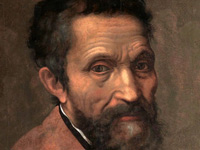
RESOURCES
This article uses material from the Wikipedia article "Michelangelo (1475-1564)", which is released under the Creative Commons Attribution-Share-Alike License 3.0.
© Stories Preschool. All Rights Reserved.
